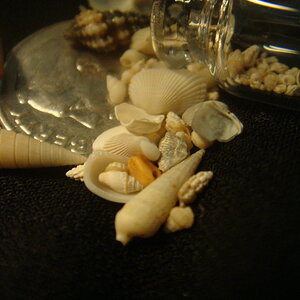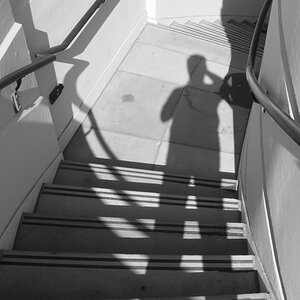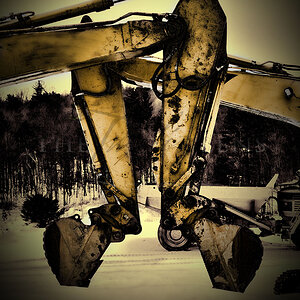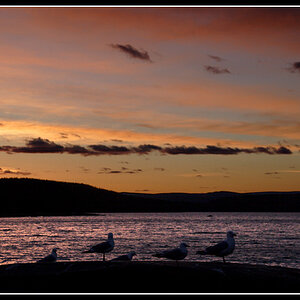drummerJ99
TPF Noob!
- Joined
- Nov 26, 2013
- Messages
- 7
- Reaction score
- 0
- Location
- Indiana
- Can others edit my Photos
- Photos OK to edit
Hey guys. Kinda a newb here. I'm to the point where I'd like to start backing up some photos I like. Looking into the Amazon Cloud, since it's only $12 a year and seems to be cheapest options.
My question comes down to should I back up the DNG or RAW file or finalized JPG? Does the actual DNG file include all edits I've done in Lightroom? Or is all that stuff stored separate from DNG file someplace in Lightroom? I like the thought of backing up the RAW file but if the DNG or even my finalized JPG includes all the edits I've done using Lightroom, what's really the point to backing up the raw file?
Thanks In Advance,
Jeffrey
My question comes down to should I back up the DNG or RAW file or finalized JPG? Does the actual DNG file include all edits I've done in Lightroom? Or is all that stuff stored separate from DNG file someplace in Lightroom? I like the thought of backing up the RAW file but if the DNG or even my finalized JPG includes all the edits I've done using Lightroom, what's really the point to backing up the raw file?
Thanks In Advance,
Jeffrey








![[No title]](/data/xfmg/thumbnail/39/39446-903cfeac143cee6330a51546ecfdda92.jpg?1619739035)
![[No title]](/data/xfmg/thumbnail/39/39180-3dcdd0aa38e4d015a48a17b0e45542fb.jpg?1619738902)


![[No title]](/data/xfmg/thumbnail/39/39182-efc21fe87c9b5f9b2fa9ab0f8f01c205.jpg?1619738903)
